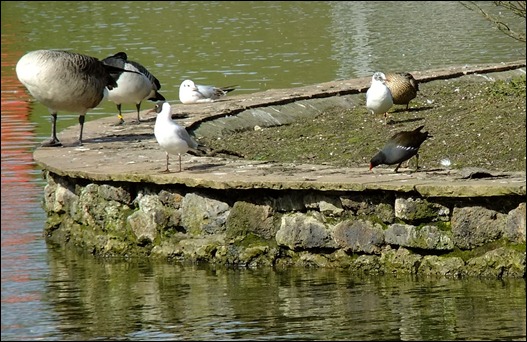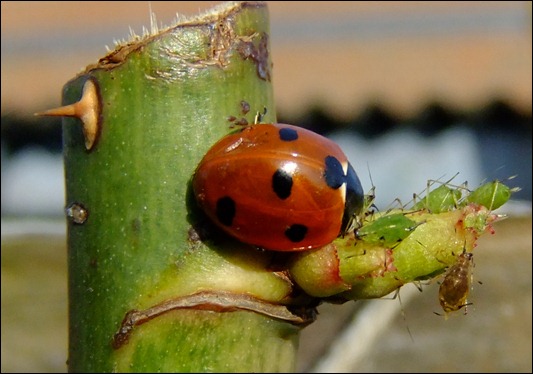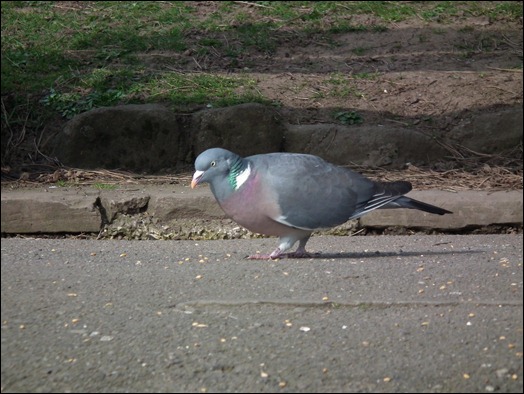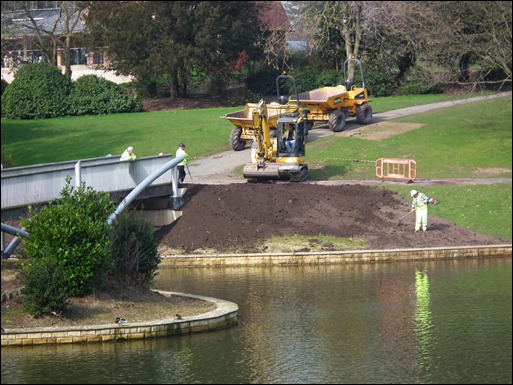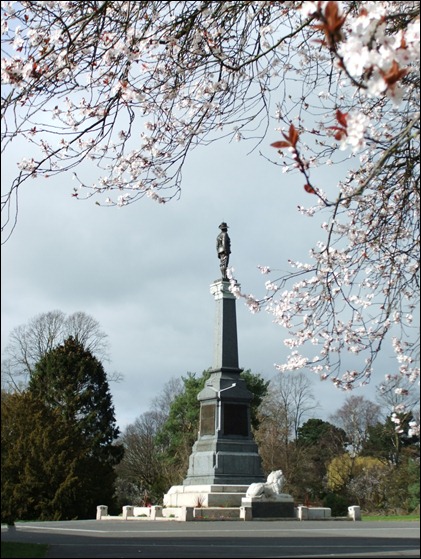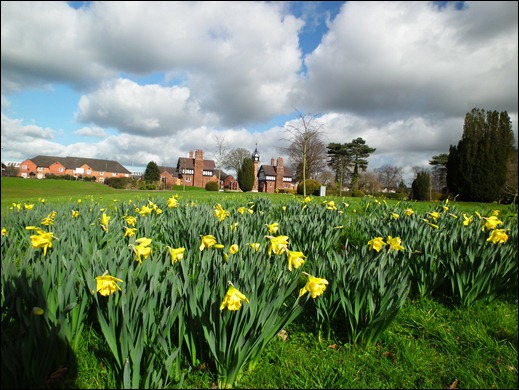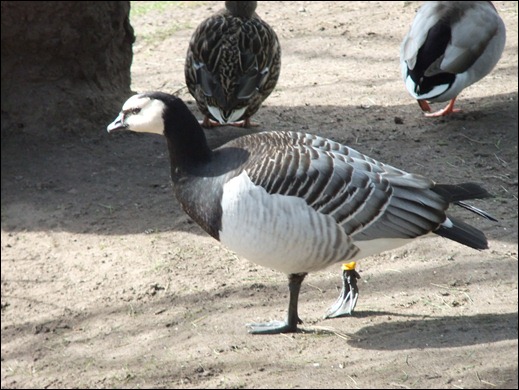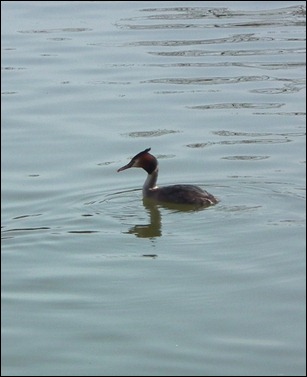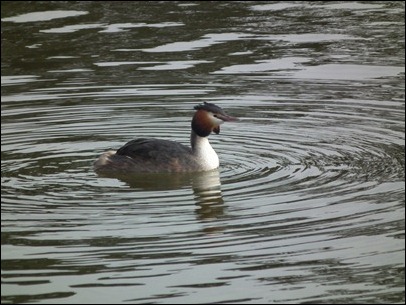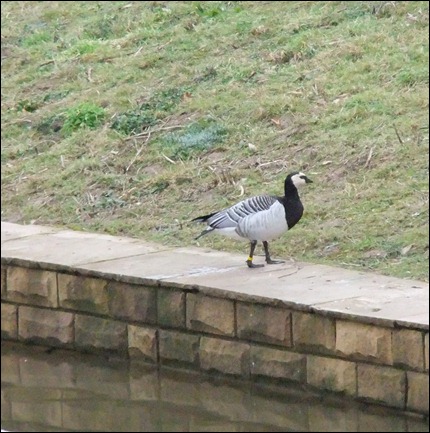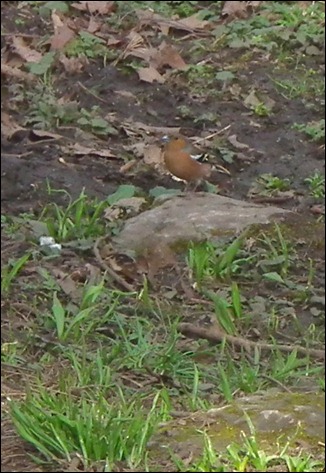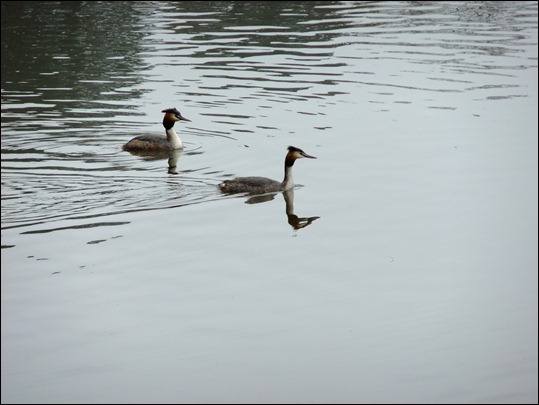
The grebe is going mad and now we have 4 of them it started with one then two and I thought I was seeing things but there is now four of them. The grebe is what started the RSPB as they used to be killed for their plume for ladies hats etc and they were the first protected bird
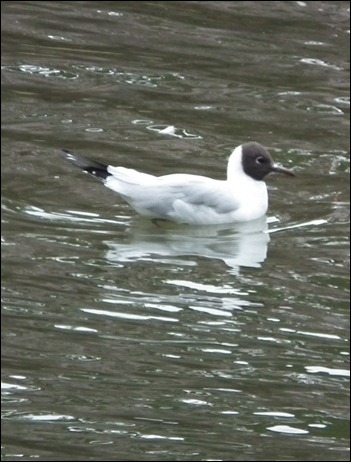
We have seen a few Black headed Gulls coming this week
Chroicocephalus ridibundus
Family
Gulls (Laridae)
Overview
Not really a black-headed bird, more chocolate-brown - in fact, for much of the year, it has a white head. It is most definitely not a 'seagull' and is found commonly almost anywhere inland. Black-headed gulls are sociable, quarrelsome, noisy birds, usually seen in small groups or flocks, often gathering into larger parties where there is plenty of food, or when they are roosting.
Where to see them
The commonest inland gull, particularly in N England, Scotland and Wales. Large colonies along the south and east coasts of England.
When to see them
All year round.
What they eat
Worms, insects, fish and carrion.
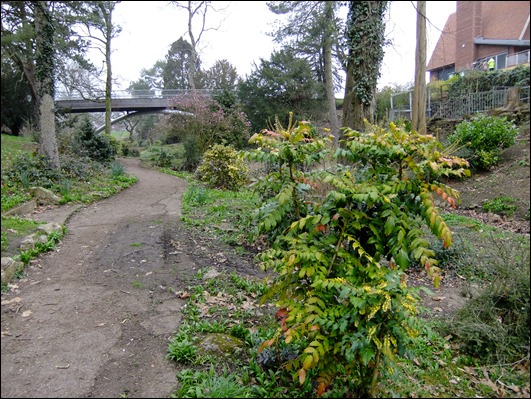
Spring is here with colour coming to the Queens Park above in the woodland walk we have Mahonia (main bush front of picture) in in flower and Ribes in the background
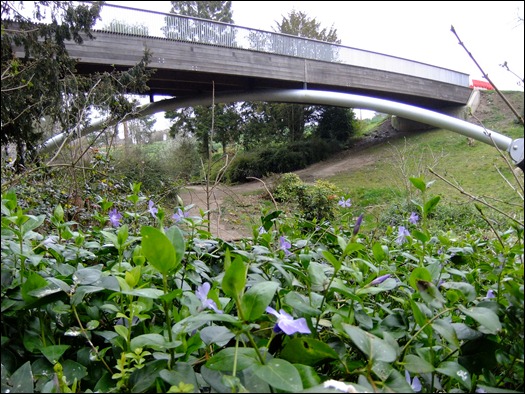
All over the Periwinkle all over the site seen here under Broadwalk bridge
Periwinkle is a colour in the blue family. Its name is derived from the lesser periwinkle or myrtle herb (Vinca minor) which bears flowers of the same colour.
The colour Periwinkle is also called lavender blue
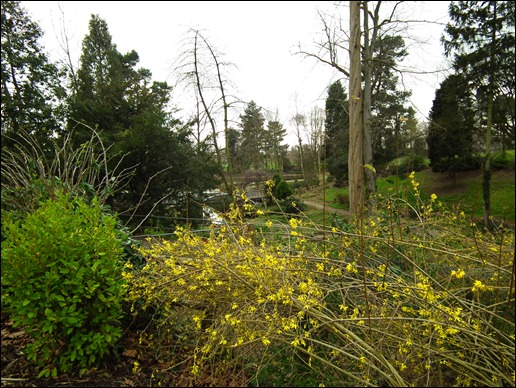
Forsythia; is also out here by the cafe towards the lake but again its all over the site then of coarse the daffs are out but not all of them as yet pansies and hyacinth are out in borders. No doubt half the daffs will go missing for Mothers Day.
RESTORATION PROJECT
FRIENDS MEETING
Tuesday 20th March, 2012 5.30pm
At the GAMES PAVILION (adj Bowling Green), Queens Park, Crewe
Agenda
1. Apologies
2. Minutes of Last Meeting
3. Matters Arising
4. Chairs Project Up-date
5. Crewe Urban Vision – Objectives and Partnership Potential
by Deb Lindop
6. Jubilee Crewe Celebrations
by Dawn Clark – Local Area Partnership
Sue Togay – Town Centres Manager
7. Queens Park an Educational Venue
by Ben Wyre – Crewe Partnership Co-Ordinator
8. Other Key Events
9. Any Other Business
10. Date of Next Meeting



